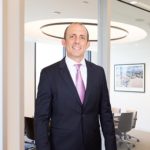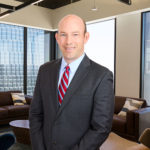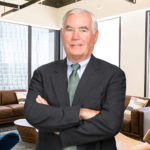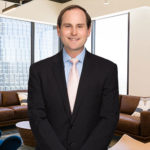
By Suzannah Cavanaugh, Kari Hamanaka
Feb 3, 2025, 7:00 AM
The Pacific Palisades had a “flavor,” as broker Anthony Marguleas remembers it. The residential neighborhood on the Westside of Los Angeles smacked of a modern-day Mayberry, the idyllic small town from “The Andy Griffith Show.”
That’s of course if Mayberry had multi-million-dollar views of Pacific Ocean sunsets and movie stars who frequented the designer boutiques and wellness shops that once lined the Palisades’ downtown.
Most of that beauty and business is gone now, obliterated by the Palisades Fire, one of the deadliest and most destructive wildfires to ever sweep L.A.
“It’s a wave of emotions,” Marguleas said. His home was one of 6,300 destroyed by the blaze, which sparked in Topanga State Park on the morning of Jan. 7 and tripled in size in just four hours.
“We lost our home; all of our friends lost their homes; the school our kids went to is gone — the whole sense of community,” Marguleas said.
To the east, Altadena and parts of Pasadena — both suburbs of Los Angeles County — are also in ruins. Entire blocks of residential homes, many owned or rented by middle-class earners, have been razed. All that remains are charred palm trees, burned out foundations and a collective state of grief.
“It’s a feeling of desperation,” Michael Astalis, an Altadena resident and landlord, said. He lost his home and five rental properties totaling 45 units to the Eaton Fire that leveled the area.
“These little homes were a community; I was very close to the people,” Astalis said. “Secondly, it’s a financial loss — 90 percent of my income.”
The fallout is hard to fathom. The Palisades Fire consumed 37 square miles, roughly the size of Miami; the Eaton Fire: 22 square miles or nearly all of Manhattan. As of Jan. 22, 16,080 structures were destroyed, according to Los Angeles County and 28 people are dead, officials report.
The fires burned through late January, and a third blaze — the Hughes Fire — sparked north of the Palisades on Jan. 22 and nearly doubled in size in just a few hours to stretch 9,000 acres.
All three were largely contained by Jan. 26 when rain, a doubled-edged sword, swept the region, aiding firefighters but adding the risk of mudslides.
And yet, conversations on how to rebuild are already underway and have been since Gov. Gavin Newsom cut regulations to “help Los Angeles rebuild faster and stronger” five days after a group of hikers snapped photos of the first plumes of smoke in the Palisades.
“It was already expensive to get insurance for projects. I’m worried about what it’s going to be like to get insurance going forward for single-family homes and also for multifamily.” – Sean Burton, founder of CityView, L.A.’s largest multifamily developer.
…
Hidden costs
Construction costs are a headline number, but DeGood detailed a laundry list of related expenses that would push the limits of what insurance payouts could cover. A big one: remediation to dispose of melted plastic, lead-based paint and possibly asbestos at scorched sites.
“That is obscenely expensive and involved,” he said.
Development will also drive up demand for contractors as the city grapples with a multi-year worker shortage that has jacked up construction costs.
“You want to do a major construction project or remodel, especially in West L.A. on a normal day — there’s like fights for contractors,” DeGood said.
If President Donald Trump follows through with his mass deportation promises, that could exacerbate the homebuilder shortage. Over two-fifths of California’s construction workers are immigrants, according to advocacy nonprofit National Immigration Forum.
Then there’s the cost of financing a residential rebuild. Interest rates on construction loans ballooned amid the Federal Reserve’s hiking cycle and have yet to fall dramatically, which boosts the expense of development.
Plus, lenders want to see fire insurance. Those under the FAIR Plan will be able to tap their existing policies, sources said. But under- or uninsured owners, including those recently dropped, could struggle to find a policy or afford one.
“It was already expensive to get insurance for projects,” Sean Burton, founder of CityView, L.A.’s largest multifamily developer, said. “It’s one thing that has really gone up dramatically over the past five years.”
“I’m worried about what it’s going to be like to get insurance going forward for single-family homes and also for multifamily,” he said.
Those obstacles alone could derail owners looking to rebuild. And then there’s the paperwork.
…
Changing fabric
Amid the financial variables and regulatory battles, how the Palisades or Altadena changes will overwhelmingly come down to who stays and who sells.
And there is sure to be tension between the two. Holdouts will want their neighborhoods to resemble the ones they loved and lost. Those who leave may well sell to buyers committed to that vision. But there’s also the threat that outsiders, particularly institutions, step in and put their own stamp on the burn-scarred land.
…
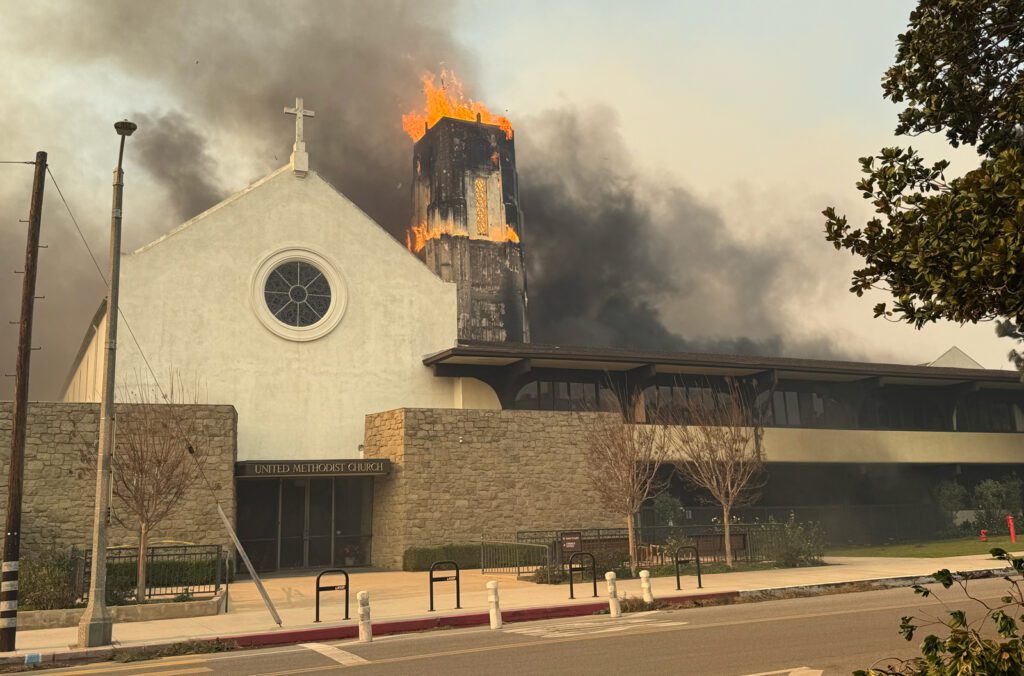
White Dove principal Ahmad Mohammad did not respond to a message for comment.
Marguleas snapped at the flood of unsolicited offers. He sent a sharp rebuke to one.
“There’s an active fire going on,” he shot back in a text. “The National Guard has been called in and they found multiple dead bodies, so the cadaver dogs are in there now. It’s a little shocking you’re asking to buy properties now.”
Some degree of NIMBYism is to be expected; owners who’ve lost their homes don’t want to lose hope that their communities can be rebuilt as they were.
But Los Angeles is in the throes of a housing and homelessness crisis that YIMBYs say only more units can solve.
Before the fires hit, projections found the city needed about 457,000 new units before the end of the decade.
“We were on track to build 5,000 to 10,000 per year, just to give you a sense,” Burton said.
“So already we were grossly inadequate and now you add on more than 10,000 families that are going to need new housing,” he added, speaking during the first days of the fire.
The question is whether burn-scarred neighborhoods are the place for that density.
The fires left a “Dresden-like” scene in their wake, as one source put it. Once the debris is cleared, developers will have a blank slate.
“We would build in Altadena,” Burton said.





